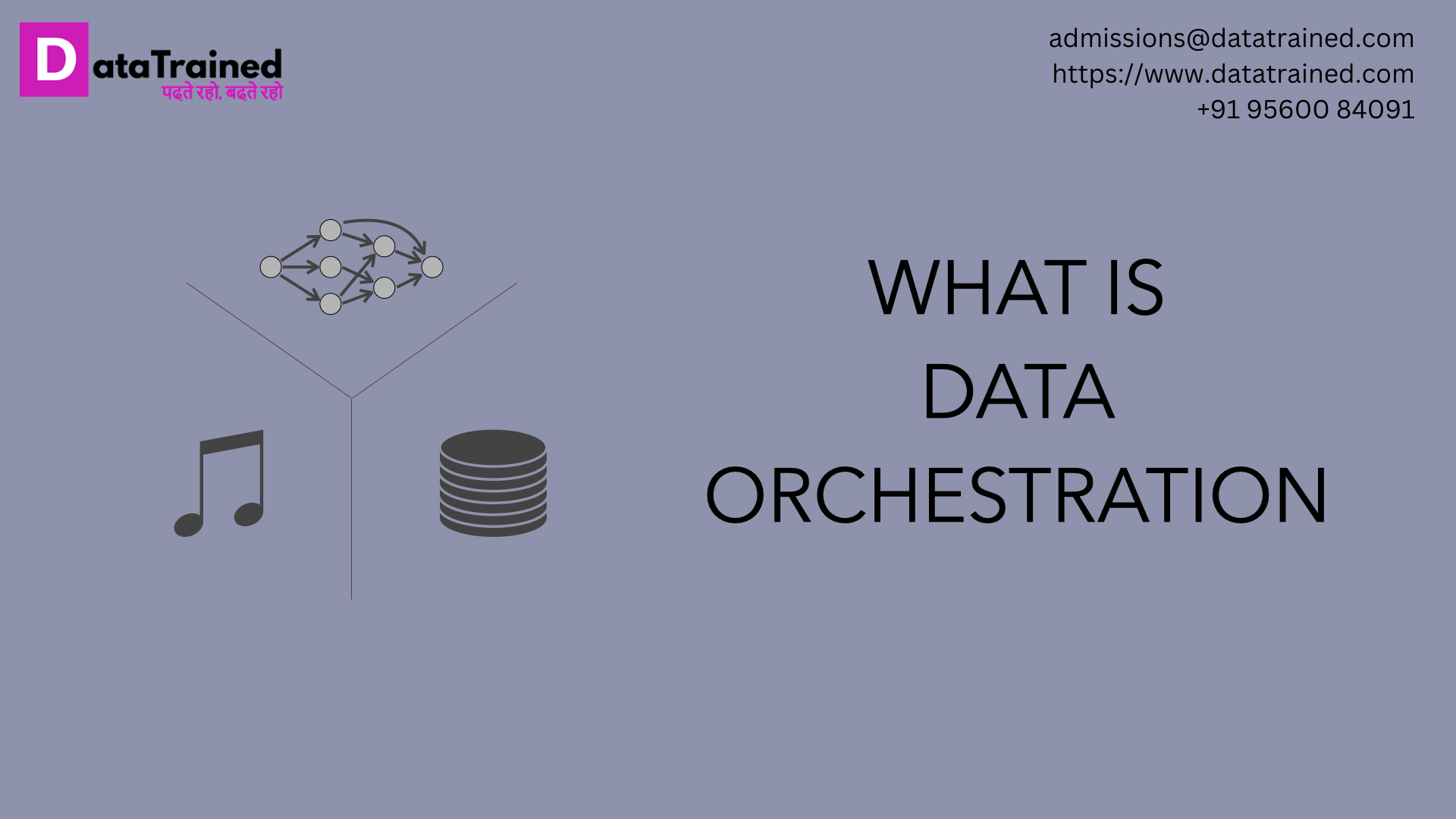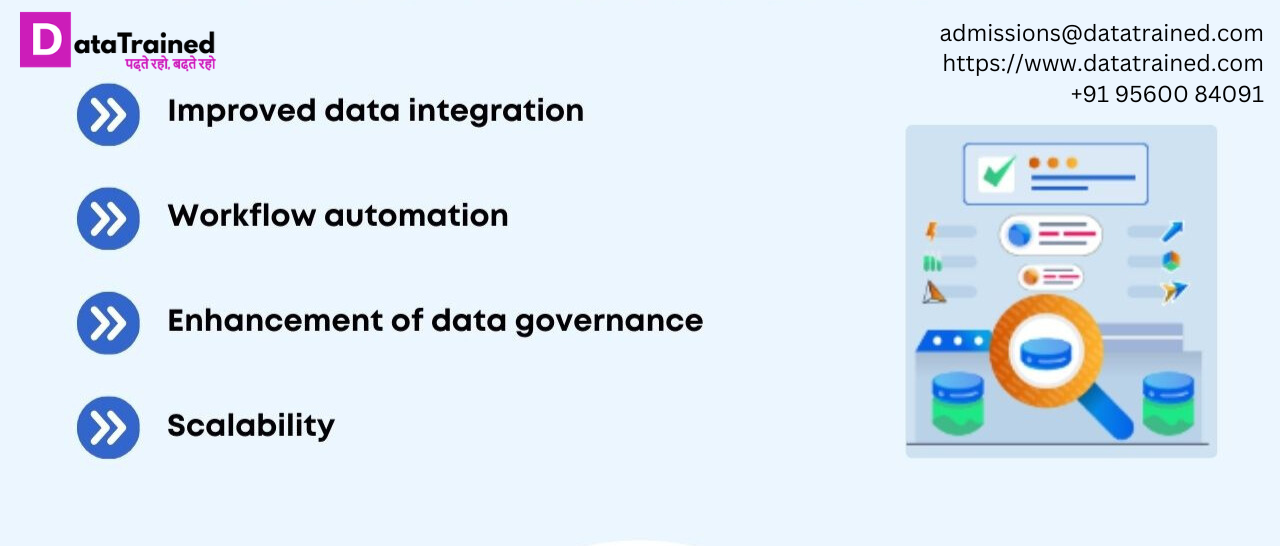THE PROCESS OF DATA ORCHESTRATION: FROM COLLECTION TO DELIVERY
What is Data Orchestration?
Data orchestration is the art of harmonizing and coordinating data from various sources to create a unified and reliable dataset. It involves collecting, organizing, transforming, and delivering data to the right place at the right time. Let's explore the core processes of data orchestration:
1. Data Collection
The first step in data orchestration is collecting data from different sources. This can include structured data from databases, unstructured data from social media, or even data from IoT devices. The key is to gather all relevant data that will contribute to the overall insights and analysis.
However, collecting data is not just about quantity; it's also about quality. It's important to ensure that the data collected is accurate, reliable, and free from errors. This may involve data cleansing and validation processes to remove any inconsistencies or duplicates.

2. Data Organization
Once the data is collected, the next step is to organize it in a way that makes it easily accessible and understandable. This involves structuring the data into a consistent format, such as tables or spreadsheets, and applying appropriate metadata to describe the data's characteristics. Also check: To get enrolled in the Data Science Course, click here to know more about the course details, syllabus, etc.
Data organization also includes establishing relationships between different datasets. This allows for better analysis and insights by connecting related data points. For example, linking customer data with purchase history can provide valuable information for targeted marketing campaigns.
3. Data Transformation
Data transformation is the process of converting and manipulating data to meet specific requirements. This may involve cleaning and standardizing data, as well as performing calculations, aggregations, or even machine learning algorithms to derive new insights.
During data transformation, it's crucial to ensure data integrity and maintain data lineage. This means keeping track of any changes made to the data and documenting the transformations applied. This helps to maintain transparency and traceability, especially in regulated industries.
4. Data Delivery
The final step in data orchestration is delivering the transformed data to the intended users or systems. This can be done through various channels, such as dashboards, reports, APIs, or data warehouses. The goal is to provide timely and accurate data to support decision-making and drive business outcomes.
Data delivery also involves ensuring data security and privacy. This may include implementing access controls, encryption, and anonymization techniques to protect sensitive information. Compliance with data protection regulations, such as GDPR or CCPA, is essential to maintain trust and avoid legal consequences.
The Benefits of Data Orchestration
Now that we understand the process of data orchestration, let's explore its benefits:

1. Improved Data Quality
Data orchestration helps to improve data quality by ensuring that the collected data is accurate, consistent, and reliable. By applying data cleansing and validation processes, organizations can eliminate errors and inconsistencies, leading to more trustworthy insights and analysis.
2. Enhanced Data Accessibility
Data orchestration makes data easily accessible to users across the organization. By organizing and structuring data in a consistent format, users can quickly find and retrieve the information they need. This improves collaboration, decision-making, and overall operational efficiency. Also check: With the best data science course in Delhi with placement guarantee, DataTrained Education is regarded as one of the leading institutes that offers high level Data Science courses.
3. Integrated Insights
Data orchestration allows organizations to integrate insights from multiple data sources. By harmonizing and connecting different datasets, organizations can gain a holistic view of their operations, customers, and market trends. This enables better strategic planning, targeted marketing, and improved customer experiences.
4. Scalability and Agility
Data orchestration provides scalability and agility in handling large volumes of data. By automating data collection, organization, and transformation processes, organizations can efficiently manage and process vast amounts of data. This enables faster decision-making and the ability to adapt to changing business needs.
5. Data Governance and Compliance
Data orchestration helps organizations establish robust data governance practices and comply with data protection regulations. By maintaining data lineage, documenting transformations, and implementing security measures, organizations can ensure data integrity, privacy, and compliance. This builds trust with customers and reduces the risk of legal consequences. Also check: Enhance your skill-sets and career with the best data science course in Pune with placement guarantee, download the syllabus from their official website.